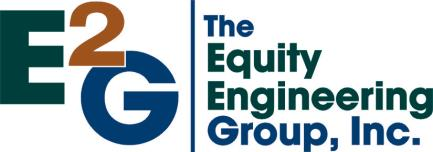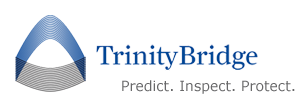RBI: Risk-Based Inspection
Reassessment
by Lynne Kaley, P.E. & Greg Alvarado





1
Greg Alvarado
•
•
•
•
•
•
•
Inspection NDE Specialist and Risk Management
Specialist
30+ Years Refining, Petrochemical and Midstream Gas
Processing Experience
Leader in Risk-Based technology development for plant
applications
Chief Editor of Inspectioneering Journal
Member of API committees for development of
Inspection Subcomittee, API 510, 570 task groups, API
580 and API 581 recommended practices
Developer and Official Trainer for API 580/581 Public
Training course
Vice President with Equity Engineering





Lynne Kaley
•
•
•
•
•
•
•
Materials/Corrosion and Risk Management Engineer
30 Years Refining, Petrochemical and Midstream Gas
Processing Experience
Leader in Risk-Based technology development for plant
applications
Project Manager of API RBI Joint Industry Project since
1996
Member of API committees for development of API 580
and API 581 recommended practices
Developer and Official Trainer for API 580/581 Public
Training course
Vice President and Principal Engineer with Equity
Engineering








3
•
•
Purpose
Purpose of Presentation
–
Highlight key parts of API 581 and 581
– API 510, 570 and 653 allowance for RBI
– Overview RBI implementation steps
– RBI Reassessment and & Updating
– Discuss the role of the inspector in RBI
Sources
– API RBI User Group Joint Industry Project
– API 580
– API 581
– API 510, 570, 653
– API 571
– API RBI Software




4
Presentation Overview
•
•
•
•
•
•
•
•
•
•
Introduction
API RBI Document Status
API 580 Overview
API 581 Overview
Risk Analysis
Probability of Failure
Consequence of Failure
Inspection Planning
Reassessment and Updating
Summary




5
•
•
•
•
•
Introduction
The API Risk-Based Inspection (API RBI) methodology
may be used to manage the overall risk of a plant by
focusing inspection efforts on the equipment with the
highest risk
API RBI provides the basis for making informed decisions
on inspection frequency, the extent of inspection, and the
most suitable type of Non-Destructive Examination (NDE)
In most processing plants, a large percent of the total unit
risk will be concentrated in a relatively small percent of
the equipment items
These potential high-risk components may require greater
attention, perhaps through a revised inspection plan
The cost of increased inspection effort may sometimes be
offset by reducing excessive inspection efforts in the areas
identified as having lower risk




6
Introduction
n
n
p
L
O



R
I

S
K

I


a
s

Risk Using RBI
d an Optimized
ection Program


LEVE

Risk with Typical
Inspection Programs
Refocus Inspection Activities
Risk Reduction, for the same level of
inspection activity, optimization will
reduce the risk




Residual Risk Not



Affected by RBI


F INSPECTION ACTIVITY















7
Introduction
o
e
n
n
p
O
C


R

I
S
K

I
a
s

Risk Using RBI
d an Optimized
ection Program

LEVEL
Risk with Typical
Inspection Programs



F INSPECTION A
Reduce Inspection Activities
Cost savings, for the same level
optimization using RBI will reduc
activity

Residual Risk Not
Affected by RBI

TIVITY
f risk,













8

